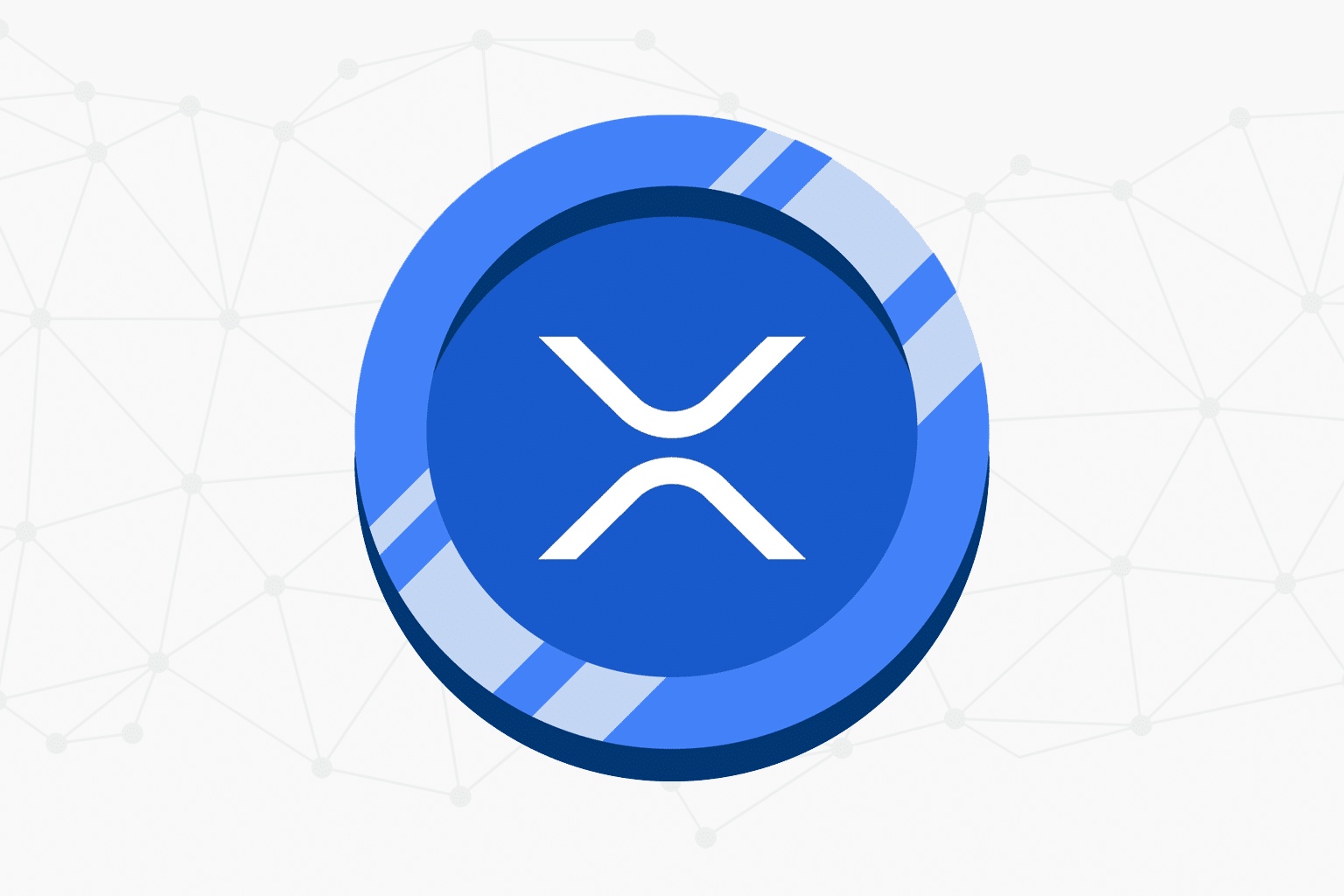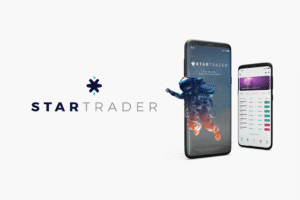XRP is a digital cryptocurrency that runs on the XRP Ledger blockchain and was specifically designed to enable fast, low-cost cross-border payments for banks and financial institutions. Unlike many other cryptocurrencies that lack clear real-world applications, XRP has a specific purpose for financial institutions and payment providers seeking efficient international money transfers.
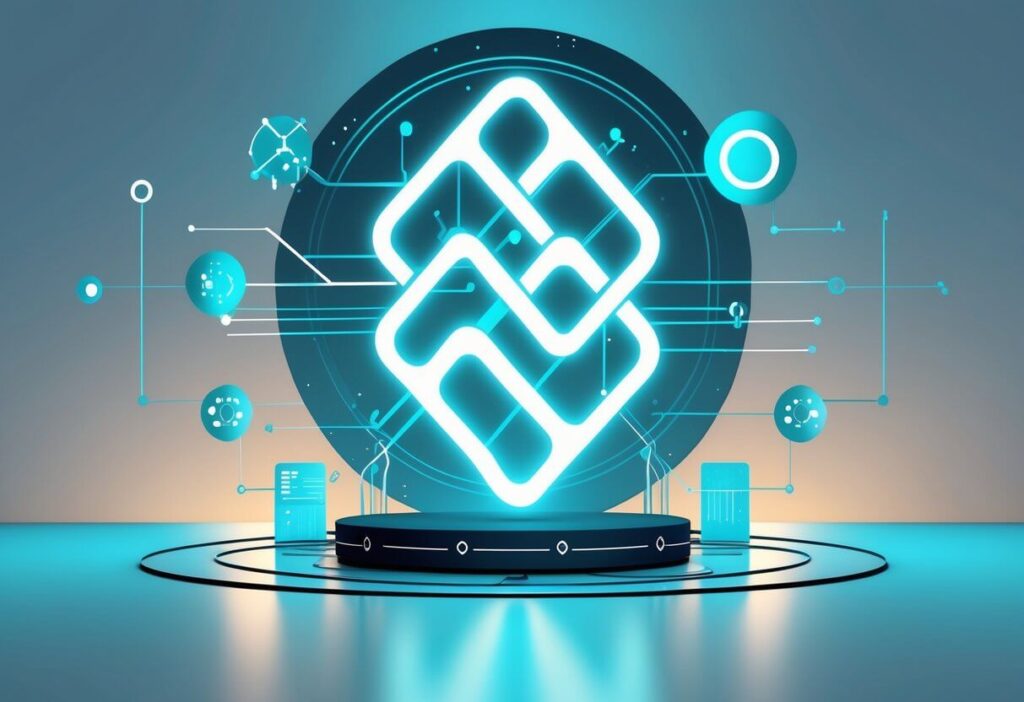
I’ve watched XRP evolve from its launch in 2012 to become one of the most talked-about digital assets in the cryptocurrency space. What makes XRP unique is that it acts as a bridge between fiat currencies rather than trying to replace them entirely. This approach has positioned it differently from Bitcoin and other cryptocurrencies.
In this guide, I’ll walk you through everything you need to understand about XRP, from its technical foundations and history to how it works in practice. You’ll learn about its role in modern finance, the methodology behind its operation, and practical considerations for those interested in this digital asset.
Key Takeaways
- XRP is a cryptocurrency designed specifically for fast and cheap international payments between financial institutions
- The digital asset operates on its own blockchain called the XRP Ledger and can process transactions in about 4 seconds
- XRP serves as a bridge currency that helps banks transfer money across borders without needing to hold foreign currencies in advance
Overview of XRP
XRP is a digital asset created by Ripple Labs in 2012. I see it as one of the most established cryptocurrencies in the market today.
The XRP token operates on the XRP Ledger (XRPL), which is an open-source blockchain. This digital currency was specifically designed for financial institutions and payment providers.
Key XRP Features:
- Speed: Transactions settle in 3-5 seconds
- Capacity: Handles 1,500 transactions per second
- Cost: Very low transaction fees
- Purpose: Built for cross-border payments
XRP differs from Bitcoin because it doesn’t use mining. Instead, all XRP tokens were created at launch, making it more energy efficient.
The cryptocurrency serves as a bridge between different fiat currencies. Banks and financial institutions can use XRP to transfer money across borders quickly and cheaply.
I find that many people confuse Ripple the company with XRP the digital asset. Ripple develops payment solutions like RippleNet, while XRP is the native token of the independent XRPL blockchain.
The XRP Ledger uses a consensus protocol rather than proof-of-work mining. This allows for faster transaction processing and lower energy consumption compared to traditional cryptocurrencies.
XRP consistently ranks among the top cryptocurrencies by market value and has strong institutional adoption potential.
History & Evolution
XRP began in 2011 when three developers had a vision. David Schwartz, Jed McCaleb, and Arthur Britto started developing the XRP Ledger to fix Bitcoin’s slow transaction times and high energy use.
The team wanted to create something faster and cheaper. They built a system that could handle payments in seconds instead of minutes or hours.
In 2012, the founders joined with Chris Larsen to create OpenCoin. This company later became Ripple Labs, which played a key role in promoting XRP to banks and payment companies.
Unlike Bitcoin, XRP was pre-mined with a total supply of 100 billion tokens. This meant no energy-intensive mining was needed to create new coins.
Key XRP innovations include:
- Transactions settle in 3-5 seconds
- Fees cost fractions of a penny
- Can handle 1,500 transactions per second
- Uses unique consensus mechanism instead of mining
By 2015, major banks like Santander and Standard Chartered began partnering with Ripple Labs. These partnerships showed XRP’s potential for cross-border payments.
The 2017 crypto boom saw XRP’s price surge from under $0.01 to over $3.00. This massive growth brought both excitement and scrutiny from regulators.
In December 2020, the SEC filed a major lawsuit against Ripple Labs. The agency claimed XRP was an unregistered security, leading to one of crypto’s biggest legal battles.
Despite legal challenges, XRP has maintained its position as one of the top cryptocurrencies by market value.
Composition & Sector Weights
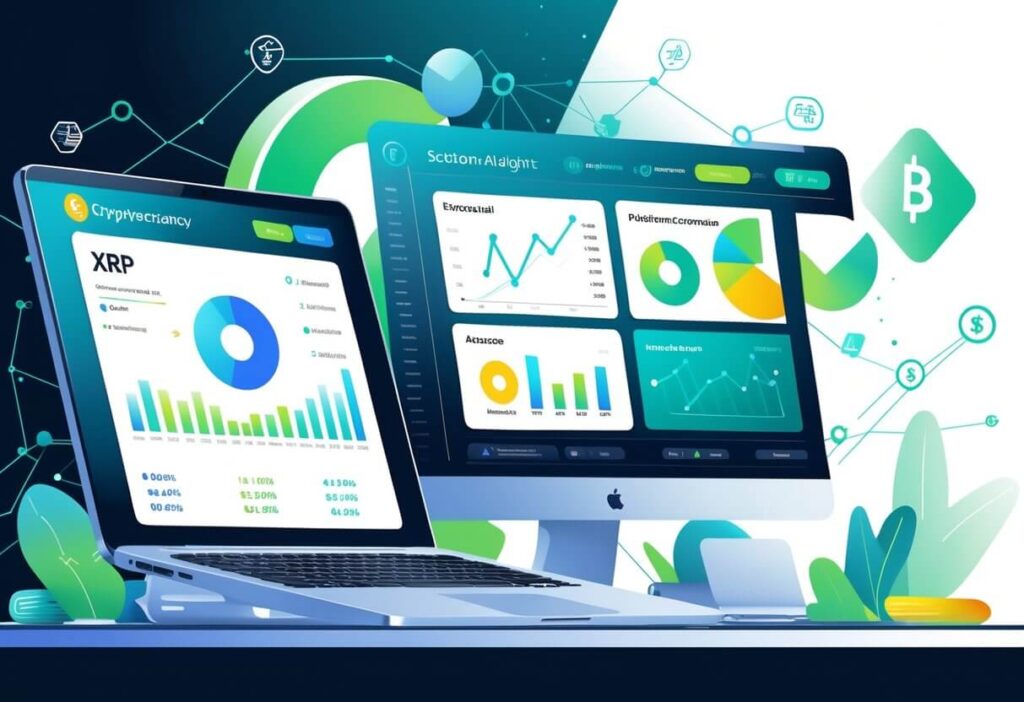
XRP operates differently from traditional investment funds or ETFs. It doesn’t have sector weights or asset composition in the usual sense.
Single Asset Structure
XRP is a standalone digital asset. Unlike investment portfolios, it represents one cryptocurrency token on the XRP Ledger.
Exchange Distribution
I find that XRP trades on more than 10 digital exchanges worldwide. This creates liquidity across multiple platforms rather than sector allocation.
Trading Venue Breakdown
| Exchange Type | Characteristics |
|---|---|
| Centralized Exchanges | High liquidity, regulatory compliance |
| Decentralized Exchanges (DEX) | Peer-to-peer trading, no intermediary |
| Traditional Crypto Exchanges | Fiat-to-XRP conversion |
Market Presence
XRP maintains consistent availability across both centralized and decentralized exchange platforms. This broad distribution helps with price discovery and market access.
Token Supply
The total XRP supply is fixed at 100 billion tokens. Ripple holds approximately 55 billion tokens in escrow, while the rest circulates among exchanges and individual holders.
Institutional vs Retail Composition
Financial institutions can contact Ripple directly for XRP acquisition. Individual investors typically use crypto exchanges or decentralized platforms for purchases.
This structure makes XRP fundamentally different from diversified investment products that spread risk across multiple sectors or assets.
Calculation Methodology
XRP uses a unique consensus mechanism that differs from traditional proof-of-work systems like Bitcoin. I’ll explain how XRP’s validation process works and what makes it different.
The XRP Ledger Consensus Protocol (RPCA) powers all XRP transactions. This system doesn’t rely on energy-intensive mining like proof-of-work cryptocurrencies.
Instead, XRP uses a network of trusted validators. These validators agree on which transactions are valid every 3 to 5 seconds. This process is much faster than proof-of-work systems.
The XRP liquid index calculation methodology is publicly available and designed to be transparent. The index uses the most liquid XRP markets to create a fair benchmark for XRP’s price.
Key differences from other systems:
- Proof-of-work: Requires miners to solve complex puzzles using massive computing power
- Proof-of-stake: Validators are chosen based on their stake in the network
- XRP’s RPCA: Uses pre-selected trusted validators with unique node lists (UNLs)
Each XRP transaction costs a tiny fee that gets destroyed permanently. This fee prevents spam and slowly reduces the total XRP supply over time.
The validation process happens automatically. I don’t need to stake XRP or mine blocks like other cryptocurrencies require.
Various XRP calculators help users determine potential profits and portfolio values. These tools consider current prices, market cap scenarios, and circulating supply data.
Significance & Common Uses
I’ve observed that XRP serves as a bridge currency for international money transfers and plays a crucial role in modern financial infrastructure. The XRP Ledger operates through a consensus protocol that validates transactions without energy-intensive mining.
Cross-Border Payments I find that XRP eliminates inefficiencies in international transactions by acting as a bridge between different fiat currencies. Traditional methods like SWIFT can take days, while XRP transactions settle in seconds.
Financial Institution Adoption I notice that financial institutions use XRP to streamline payments and enhance liquidity. Banks leverage RippleNet to access on-demand liquidity without maintaining costly nostro accounts.
Key Benefits:
- Speed: Transactions complete in 3-5 seconds
- Low Costs: Transaction fees cost fractions of a cent
- Scalability: Handles up to 1,500 transactions per second
- Energy Efficiency: Uses minimal electricity compared to Bitcoin
Payment Providers & Money Transfer I see payment providers integrating XRP to reduce costs for global payments. The technology enables micropayments and real-time financial interactions that traditional systems cannot handle efficiently.
The XRP Ledger Foundation supports network development while validators maintain security through the unique node list. Payment channels enable instant transactions, making XRP valuable for remittances and institutional liquidity management.
How to Invest (No Advice)
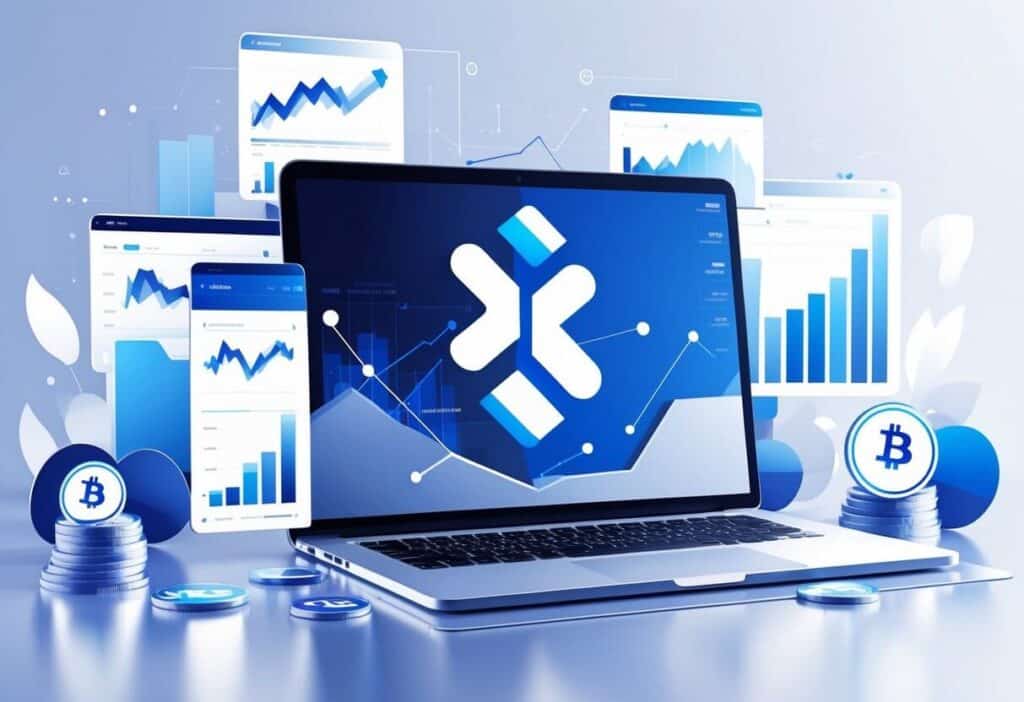
I want to be clear that this is educational information only. I’m not providing investment advice or recommendations.
Getting Started with XRP
First, I need to choose a secure cryptocurrency exchange that supports XRP trading. Popular options include major platforms like Binance, Coinbase, and Kraken.
I must complete identity verification on my chosen exchange. This process typically requires a government ID and proof of address.
The Purchase Process
I deposit funds into my exchange account using bank transfers, debit cards, or other supported methods. Then I locate the XRP trading pair that matches my deposited currency.
I can choose between different order types:
- Market orders – Buy immediately at current price
- Limit orders – Set my preferred purchase price
- Stop-limit orders – Advanced automated trading
Storage Considerations
After purchasing, I should transfer XRP to a secure wallet rather than leaving it on the exchange. Hardware wallets offer the highest security for long-term storage.
XRP wallets require a minimum 10 XRP reserve to remain active. This is a network requirement I cannot avoid.
Important Reminders
I need to remember that investing in XRP involves both financial and market risks. I should only invest what I can afford to lose completely.
Cryptocurrency prices are highly volatile and unpredictable. Past performance never guarantees future results.
Common Questions on XRP
XRP index reviews happen quarterly to maintain accuracy, while XRP differs from Bitcoin and Ethereum through its consensus mechanism and banking focus, and multiple platforms provide real-time XRP tracking data.
How Often Is the Index Reviewed?
I find that XRP-related indices undergo quarterly reviews to ensure accurate representation of market performance. Major index providers like CoinDesk and CryptoCompare typically assess their XRP weightings every three months.
These reviews examine trading volume, market capitalization, and liquidity metrics. The process helps maintain index integrity as XRP’s market position evolves relative to BTC and other cryptocurrencies.
Key Review Factors:
- Trading volume across exchanges
- Market cap fluctuations
- Liquidity depth changes
- Regulatory developments
Some specialized indices may review monthly during volatile periods. I’ve observed that reviews often coincide with quarterly earnings seasons when institutional interest peaks.
The methodology considers XRP’s unique position in cross-border payments versus traditional cryptocurrencies. This distinguishes it from DeFi tokens or NFT-related assets in index calculations.
What’s the Difference Between XRP and Close Peer?
I see fundamental differences between XRP and its closest peers like BTC and Ethereum in terms of consensus mechanisms and target markets.
XRP vs Bitcoin:
- XRP processes 1,500 transactions per second versus BTC’s 7 TPS
- No mining required for XRP validation
- Transaction fees under $0.001 compared to BTC’s variable fees
XRP vs Ethereum:
- XRP focuses on payments while Ethereum targets smart contracts and DeFi
- Ethereum supports NFTs natively; XRP requires additional protocols
- Different consensus: XRP uses validators, Ethereum uses proof-of-stake
XRP targets traditional banking infrastructure, competing with SWIFT rather than replacing fiat currency like Bitcoin. XRP’s role in global payments emphasizes speed and cost efficiency for financial institutions.
Unlike Ethereum’s DeFi ecosystem, XRP maintains a narrower focus on cross-border transactions and liquidity provision.
Where Can I Track the Index Live?
I recommend several platforms for real-time XRP index tracking, each offering different features and data depth.
Top Tracking Platforms:
- CoinGecko: Comprehensive market data with multiple indices
- CoinMarketCap: Price tracking across 100+ exchanges
- TradingView: Technical analysis tools and charting
- CryptoCompare: Institutional-grade index data
These platforms display XRP’s performance against BTC, Ethereum, and broader cryptocurrency indices. I use multiple sources to cross-reference data accuracy.
XRP trades on over 100 markets globally, making comprehensive tracking essential. Real-time data helps identify arbitrage opportunities across different exchanges.
Mobile apps from these providers offer push notifications for significant price movements. I find desktop versions provide more detailed analytical tools for serious traders.
Some platforms integrate DeFi protocols and NFT marketplace data, though XRP’s primary use cases remain in traditional finance rather than these emerging sectors.
Frequently Asked Questions
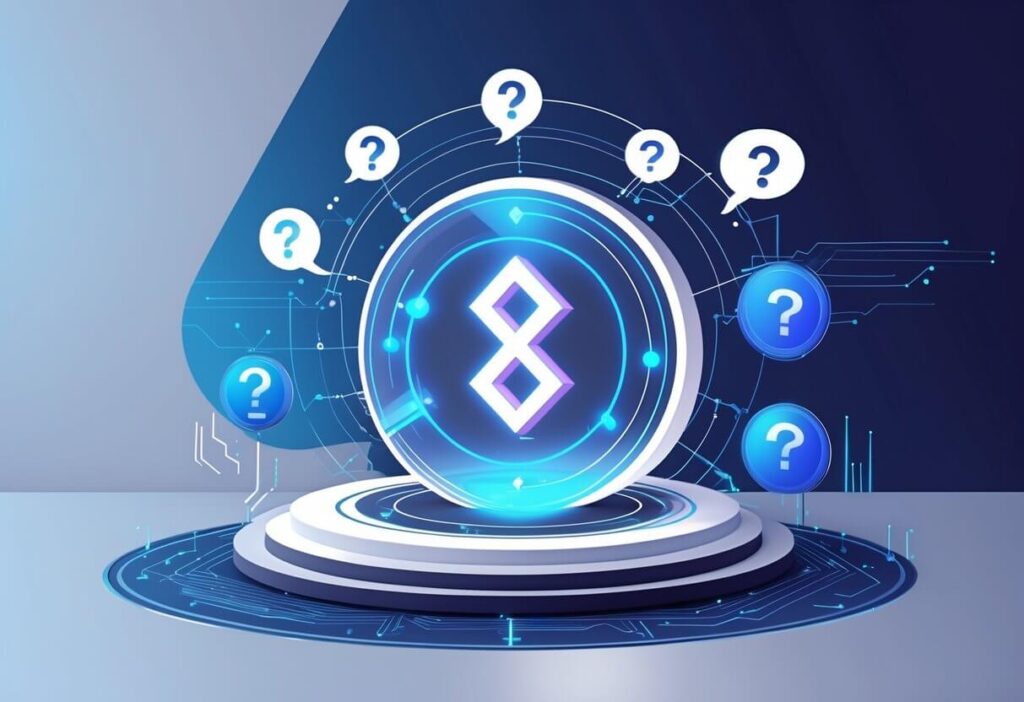
XRP operates as a digital currency designed for fast cross-border payments, with purchasing options available through major exchanges worldwide. The token’s value stems from its utility in financial transactions and limited supply of 100 billion coins.
I can buy XRP on more than 60 digital asset exchanges worldwide. Each exchange has its own process for purchasing XRP.
Major exchanges like Binance, Coinbase, and Kraken offer XRP trading pairs. I need to create an account, complete identity verification, and deposit funds before purchasing.
I should research each exchange’s fees and security features. Some exchanges charge higher fees but offer better security measures.
XRP functions as the native digital asset of the XRP Ledger. The XRP Ledger is an open-source, distributed ledger that processes transactions.
Transactions on XRP settle in three to five seconds. This speed makes XRP suitable for real-time payments between financial institutions.
The network uses a consensus mechanism instead of mining. Validator nodes agree on transaction validity without energy-intensive proof-of-work.
XRP’s value comes from its utility as a bridge currency for cross-border payments. Financial institutions use XRP to provide liquidity for international transfers.
The total supply is fixed at 100 billion XRP tokens. Ripple cannot create more XRP as all tokens were created before the company formed.
Market demand from financial institutions and individual investors influences XRP’s price. The token’s speed and low transaction costs add to its utility value.
I cannot provide specific price predictions as cryptocurrency markets are highly volatile and unpredictable. XRP’s price depends on many factors including market sentiment and regulatory developments.
Adoption by financial institutions could positively impact XRP’s value. Eight major payment providers have publicly announced pilot use of XRP as of 2018.
Regulatory clarity and broader institutional adoption remain key factors for XRP’s future performance. Market conditions and global economic factors also play important roles.
I must emphasize that investing in XRP carries significant risks like all cryptocurrencies. The market is highly volatile and prices can change rapidly.
XRP faces ongoing regulatory challenges in some jurisdictions. These legal uncertainties can impact the token’s price and adoption.
I should only invest money I can afford to lose. Proper research and risk assessment are essential before making any investment decisions.
XRP serves as a bridge currency for cross-border payments between different fiat currencies. Banks and payment providers use XRP to reduce settlement times and costs.
Financial institutions using XRP don’t need to hold it for extended periods. The three to five second settlement time limits exposure to price volatility.
XRP also provides liquidity for international money transfers. Payment companies like MoneyGram have tested XRP for cross-border payment flows through Ripple’s technology.

